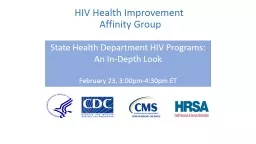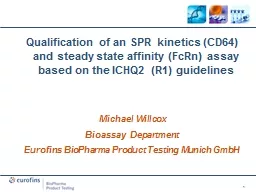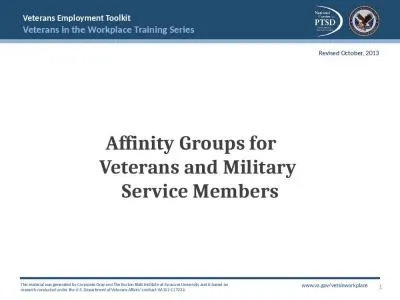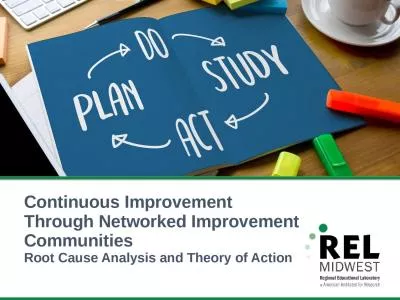PPT-HIV Health Improvement Affinity Group
Author : yoshiko-marsland | Published Date : 2018-12-05
State Health Department HIV Programs An InDepth Look February 23 300pm430pm ET Logistics for the Webinar If you are unable to listen to the webinar through your
Presentation Embed Code
Download Presentation
Download Presentation The PPT/PDF document "HIV Health Improvement Affinity Group" is the property of its rightful owner. Permission is granted to download and print the materials on this website for personal, non-commercial use only, and to display it on your personal computer provided you do not modify the materials and that you retain all copyright notices contained in the materials. By downloading content from our website, you accept the terms of this agreement.
HIV Health Improvement Affinity Group: Transcript
Download Rules Of Document
"HIV Health Improvement Affinity Group"The content belongs to its owner. You may download and print it for personal use, without modification, and keep all copyright notices. By downloading, you agree to these terms.
Related Documents














